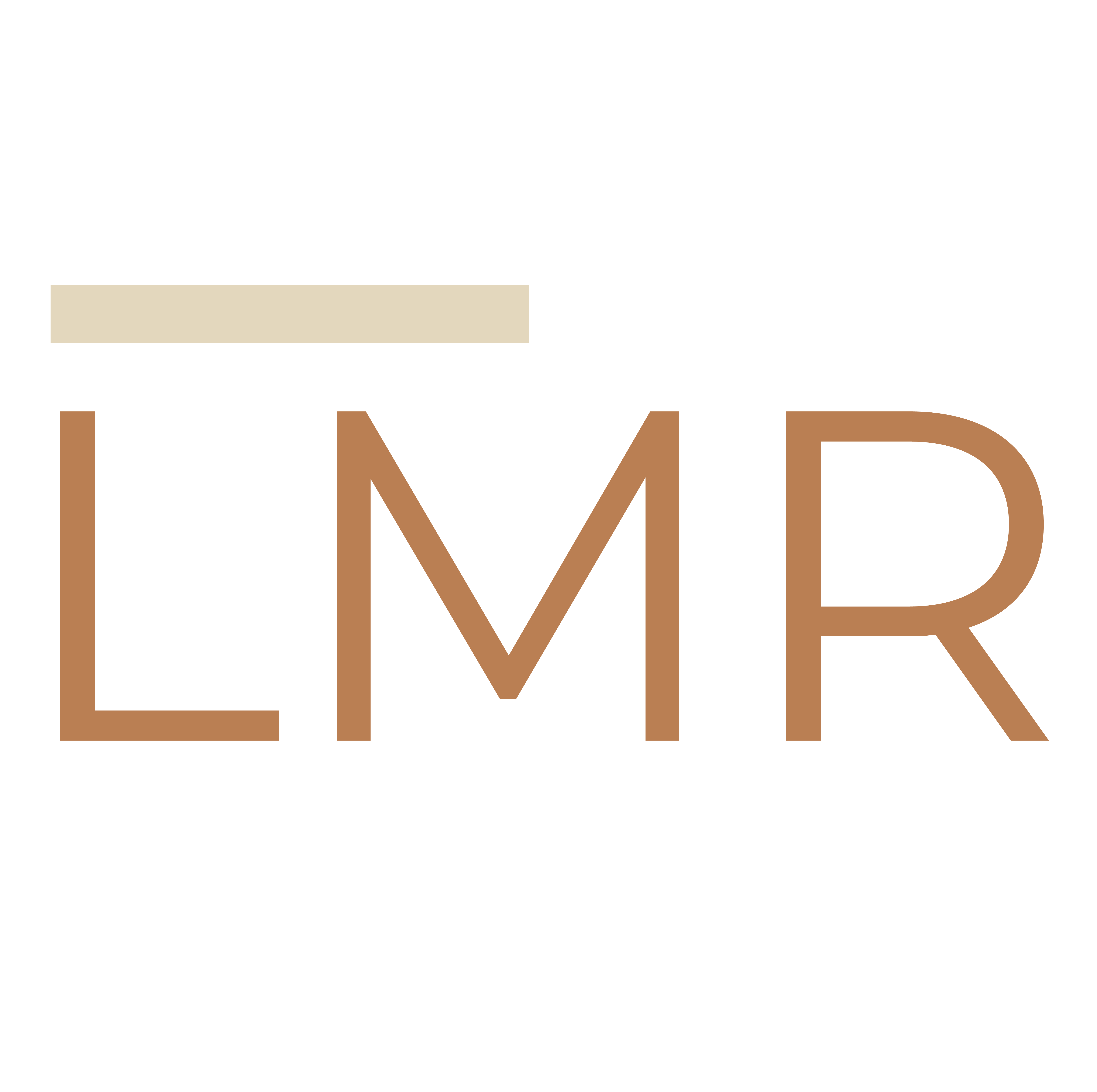China has become one of the most divisive and present issues in current American foreign policy. From trade wars to COVID-19, China is consistently a key player in major geopolitics. The continued narrative of China as a rising great power has increased during the Trump Administration. This has encouraged Trump to focus much of his foreign policy on dealing with China under a “hardline” stance. As the era of Trump’s America is coming to a close, how did Trump’s China policy work out?
Changing the Narrative: B+
The president’s largest success in US-China relations has been changing the American perception of China. The American approval rating of China hit a record low in 2020 according to a Pew Research study. While 2020 has been a year defined by the COVID-19 pandemic, which from the onset severely hurt the image of China, President Trump’s policy towards the country has been a driving force in bringing it to the forefront of American foreign policy. While this narrative has been viewed as a negative in the bilateral relationship, I believe this shift is a needed one. China has become a major strategic competitor for the United States and this perspective ushers in a clearer perception of what the United States is dealing with in US-China policy.
Trade Issues: C
For far too many years, China has been getting away with intellectual theft and general cheating on a platform of international trade. Since its introduction to the World Trade Organization, Chinese trade practices have been increasingly questionable. In a survey of CFO’s in 2019, 1 in 5 of the respondents had been the target of IP theft by Chinese companies. Thus, I believe that the Trump administration was in the right for taking a more “hardline” stance on China. However, the execution of this stance was not as effective. The trade war Trump began with was a move in the right direction, but the president had no exit strategy. Trump began a seemingly endless trade war with no plan on how to get what he wanted from China while preserving healthy trade relations in the long-run. This failure in practice was further exacerbated by the US leaving the TPP and a string of other quarrels with regional allies. The Trump administration had the right intentions but the wrong policy for US-China trade relations.
On Human rights: F
President Trump has always claimed to be “Tough on China,” but he has failed to be tough on a human rights front. China’s human rights abuses have increasingly garnered media attention. BBC recently reported on the concentration camps in Xinjiang and the CCP’s use of Uighur minority members for forced labor. Additionally, the CCP’s consolidation of power in Hong Kong this summer showed the world its clear abuse of basic human rights and a direct affront to an international treaty. While Trump has been a strong supporter of being tough on China, he has failed to address any of these issues in great detail. In June of this year, Trump publicly acknowledged that he did not punish China for its actions against the Uighurs in hopes of a trade deal. Ignorance of Chinese human rights abuses has become commonplace due to fears of Chinese economic retaliation. Regardless, the United States should not be afraid to stand up to anyone on the human rights front. Thus, the Trump administration has truly failed in countering Chinese human rights abuses.
Overall: C
Donald Trump has been a controversial president across the board, but behind the tweets and the rhetoric, I see a mixed record on hard policy. When it comes to US-China policy and relations, Trump has changed the course of American attitudes toward China and he has started moving the needle on Chinese trade issues. However, execution on these trade issues and his failure on a human rights front lead me to give him an overall rating of a C.
